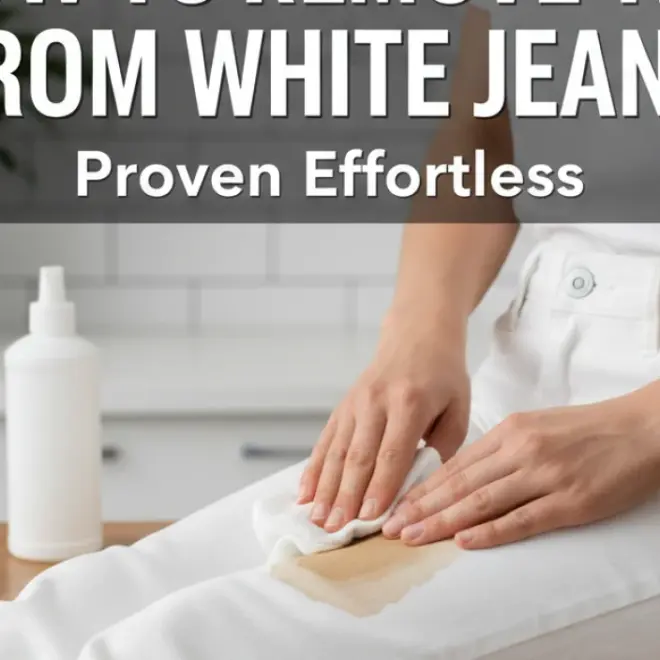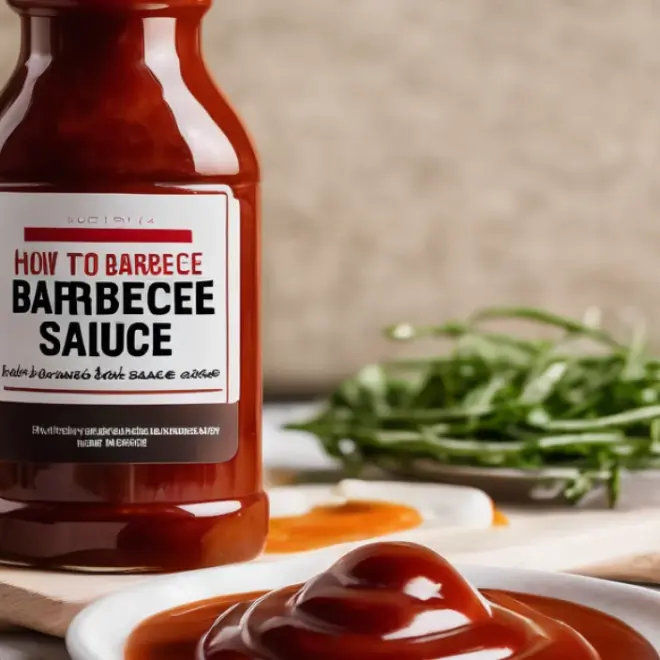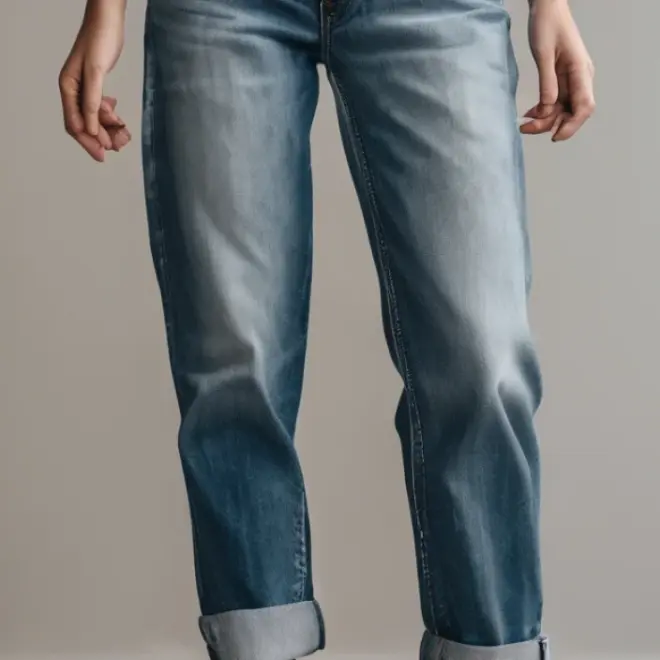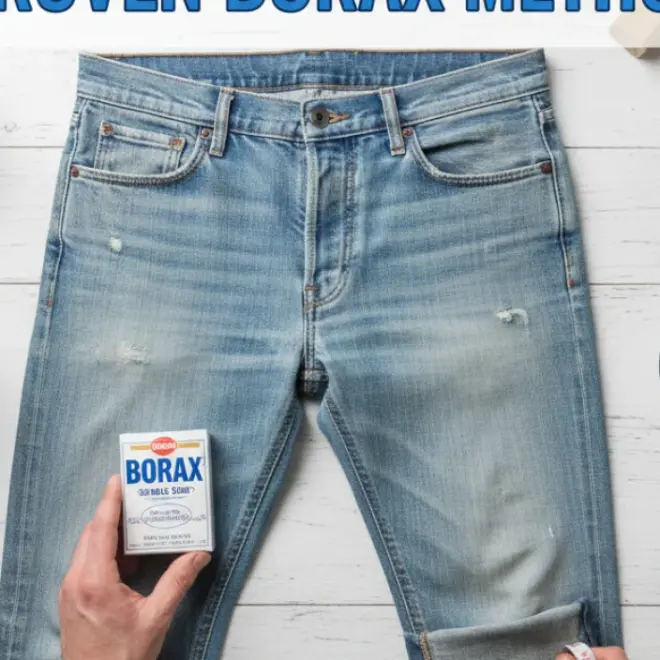Quick Summary: Stubborn mustard stains can be removed from most fabrics by acting fast. Blotting the stain, pre-treating with a stain remover, and washing are key. For tougher stains or delicate materials, specific methods might be needed. We’ll guide you through it.
How to Remove Mustard: Your Essential Guide
Mustard stains, with their vibrant yellow hue and stubborn nature, can be a common summertime picnic mishap or a lunchtime accident. Seeing that bright spot appear on your favorite shirt or couch can feel disheartening, but don’t worry. Most mustard stains can be tackled effectively with the right approach. This guide will walk you through simple, proven methods to remove mustard from various materials, ensuring you can confidently restore your items to their former glory.
We’ll cover everything from immediate steps to stubborn stain solutions, making the process clear and manageable. Let’s get those yellow marks gone!
Understanding Mustard Stains
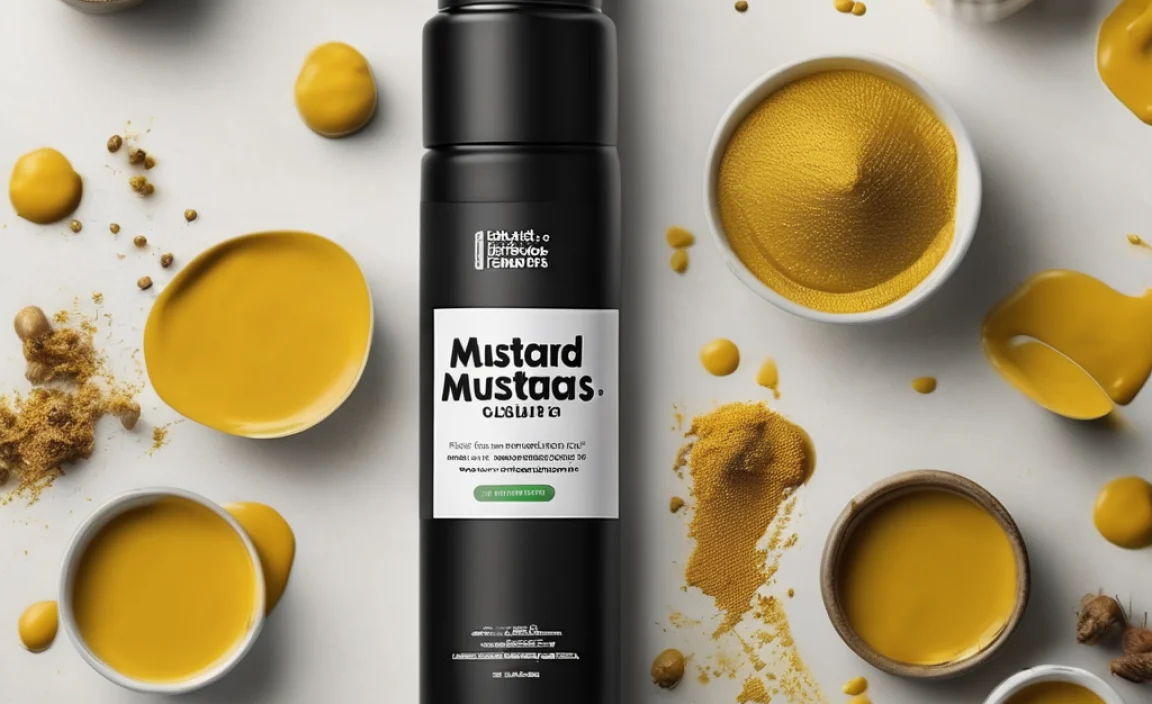
Mustard is a condiment made from mustard seeds, vinegar, water, and often spices like turmeric. It’s the turmeric that gives mustard its signature bright yellow color. This pigment, along with the oil and acidity present in many mustards, can make the stain penetrate fabric quickly and set in if not treated properly.
The key to successful mustard stain removal is speed and the right cleaning agents. Different types of mustard (yellow, Dijon, spicy brown) might have slightly varying compositions, but the general approach to removal remains similar. The fabric type also plays a crucial role, as some materials are more delicate and require gentler treatment.
Immediate Actions: The First Line of Defense
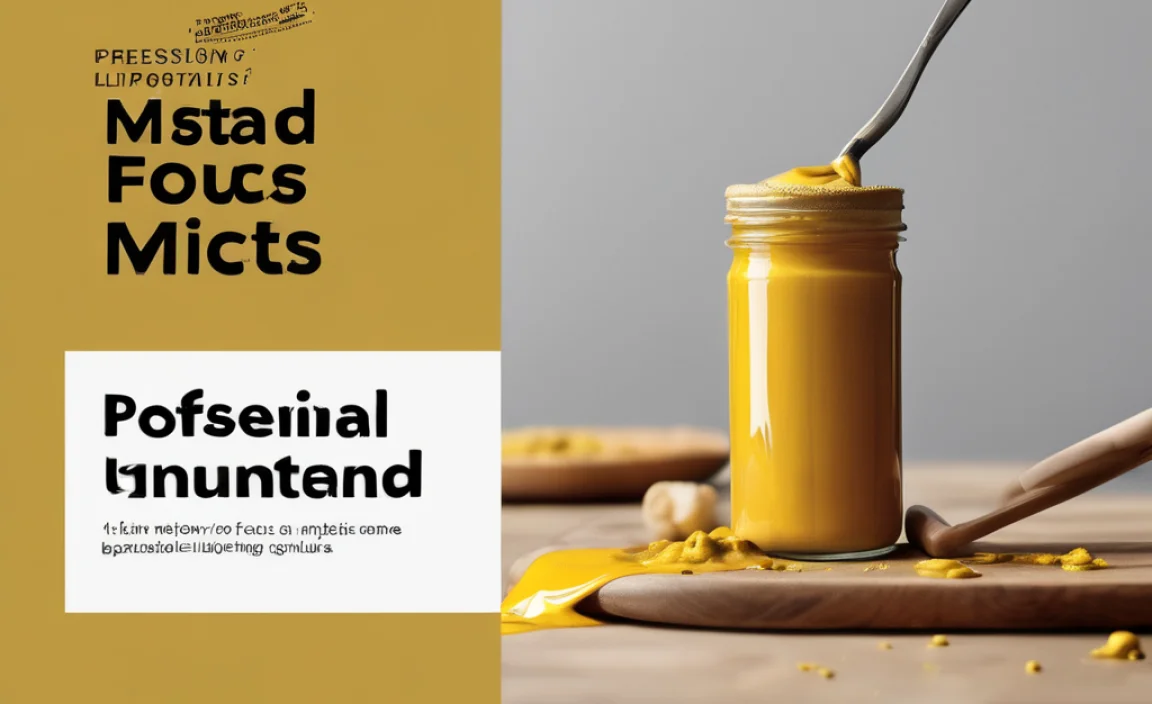
When a mustard stain happens, your immediate reaction is critical. The longer the stain sits, the harder it will be to remove. Follow these steps right away:
- Blot, Don’t Rub: Gently blot the excess mustard from the fabric using a clean white cloth or paper towel. Rubbing can spread the stain and push it deeper into the fibers, making it much harder to lift. Work from the outside of the stain inward to avoid spreading it.
- Scrape Off Solids: If there are visible solid bits of mustard, carefully scrape them away with a dull knife or the edge of a spoon. Be gentle to avoid snagging or stretching the fabric.
- Rinse with Cold Water: Turn the fabric inside out and rinse the stained area with cold water from the back of the stain. This helps push the stain out of the fibers rather than further in. Avoid hot water, as it can set protein-based stains, which some mustard ingredients could contribute to.
Essential Tools for Mustard Stain Removal
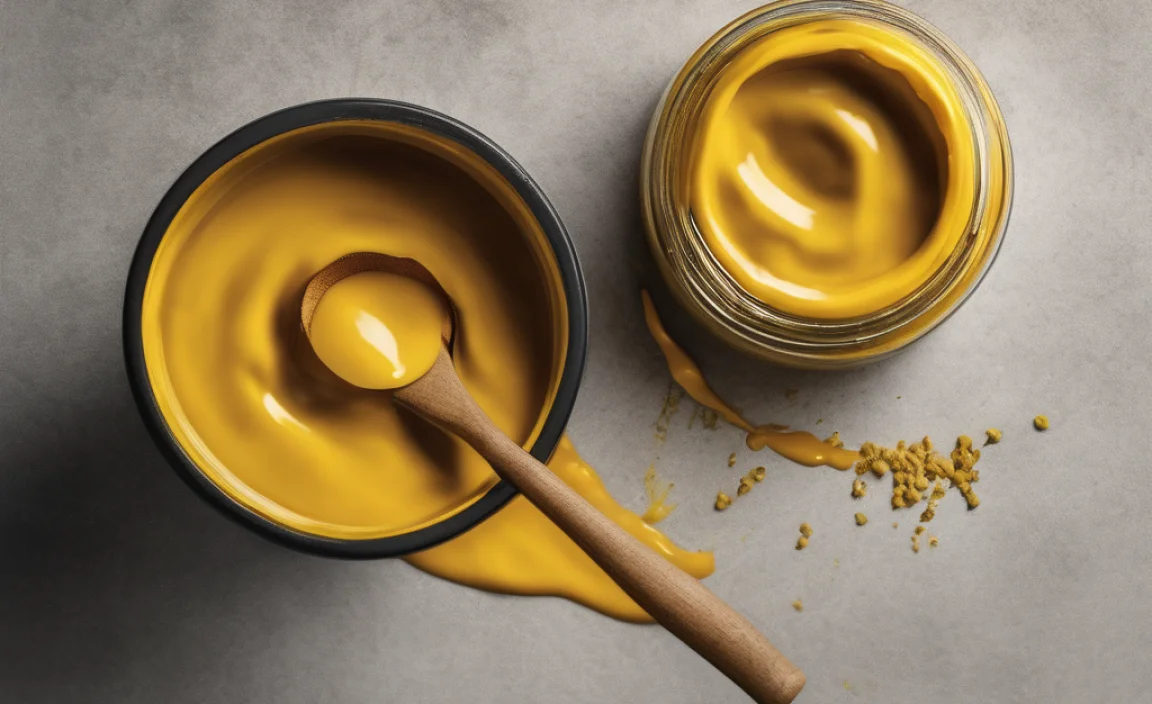
Having a few common household items on hand can make mustard stain removal much easier. You likely already have most of these:
- Clean white cloths or paper towels
- Dull knife or spoon
- Cold water
- Liquid laundry detergent or dish soap (a mild one)
- Enzyme-based stain remover spray
- Oxygen bleach (for whites and colorfast items)
- White vinegar
- Baking soda
Step-by-Step Guide to Removing Mustard Stains
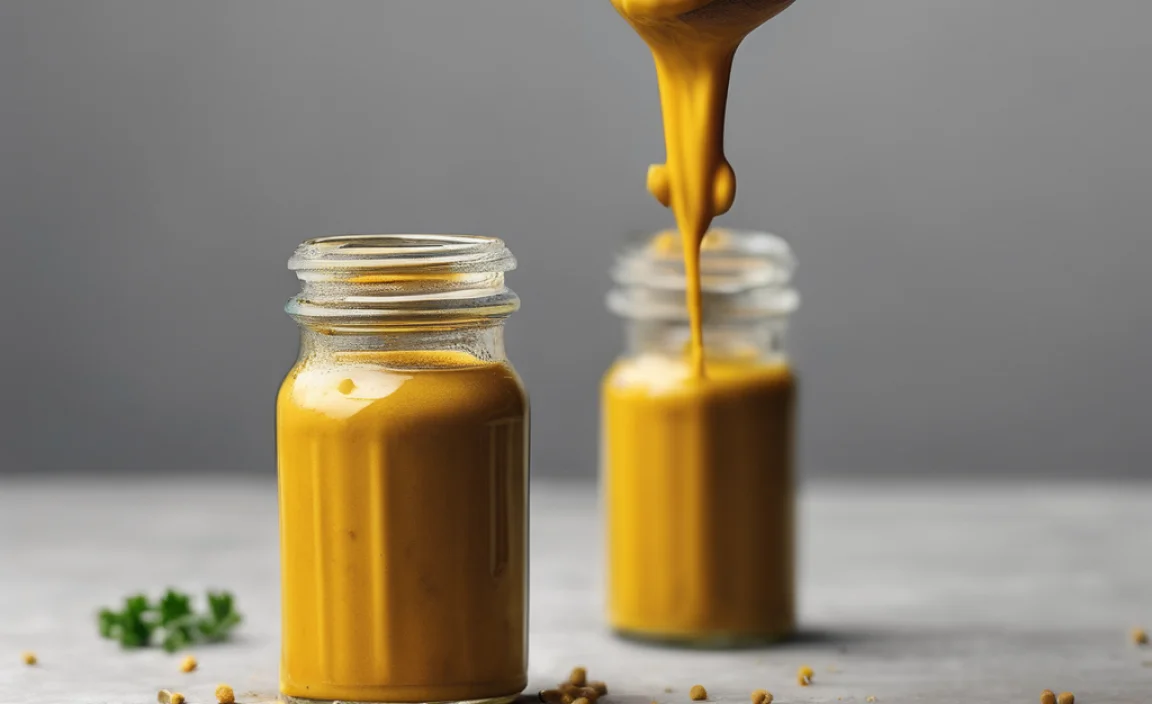
Once you’ve taken immediate action, it’s time to tackle the stain more directly. Here’s a reliable method for most common fabrics:
Step 1: Pre-Treat the Stain
This is the most important step after initial blotting. Choose a pre-treatment method based on what you have available.
Method A: Liquid Laundry Detergent or Dish Soap
- Apply a small amount of liquid laundry detergent (one with enzymes is best) or a mild dish soap directly onto the mustard stain.
- Gently work the detergent into the fabric using your fingers or a soft brush.
- Let it sit for 5-10 minutes to begin breaking down the stain.
Method B: Enzyme-Based Stain Remover
- Generously spray an enzyme-based stain remover directly onto the stained area, ensuring it’s fully saturated.
- Let the stain remover work according to the product’s instructions, typically 15-30 minutes, or even longer for tough stains. Enzyme cleaners are particularly effective on organic stains like mustard. Learn more about why enzymes matter in cleaning from EPA’s guide to eco-labels, as many effective stain removers are formulated with these natural components.
Method C: Vinegar and Baking Soda Paste (Use with Caution)
This is a good option if you don’t have commercial stain removers, but test it on an inconspicuous area first, especially on colored fabrics.
- Make a paste of baking soda and water.
- Apply the paste to the mustard stain.
- Let it dry for about 30 minutes.
- Brush off the dried paste.
- Then, apply a tablespoon of white vinegar to the stain. The reaction with any remaining baking soda can help lift the stain.
- Let it sit for 5 minutes
Step 2: Wash the Garment
After pre-treating, it’s time to wash the item as you normally would, but with a few considerations.
- Check the garment’s care label for washing instructions.
- Wash the item in the washing machine using cold or lukewarm water with your regular detergent.
- If the stain is on a white item and the fabric can tolerate it, you can add an oxygen bleach product to the wash cycle. Oxygen bleach is generally safer for colors than chlorine bleach.
Step 3: Check for Stain Removal Before Drying
This is a critical step to avoid setting the stain permanently.
- Before putting the garment in the dryer, carefully inspect the stained area.
- If the stain is still visible, repeat the pre-treatment and washing steps. Do not put the item in the dryer if the stain is still there. The heat from the dryer will likely set the stain, making it very difficult or impossible to remove.
Step 4: Air Dry Until Sure
If the stain appears to be gone, air dry the item. This is a safer option than machine drying until you are absolutely certain the stain has been completely removed.
Specific Fabric Considerations
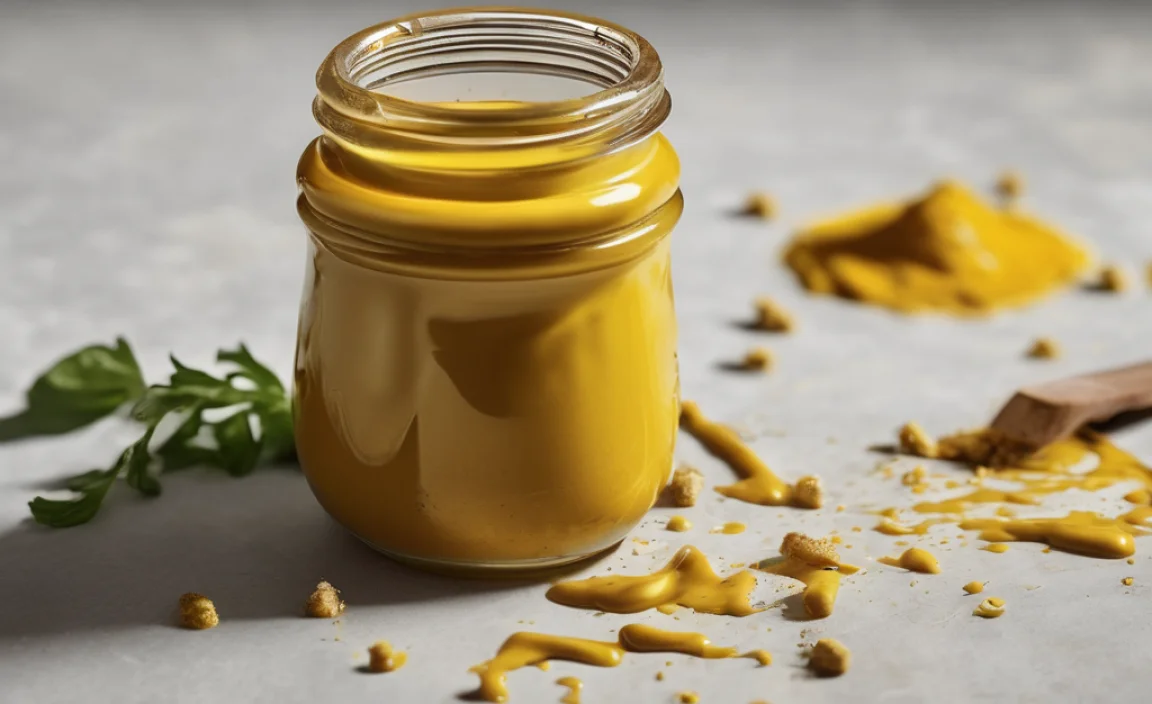
Different materials require tailored approaches. Always check the care label!
Removing Mustard from Light Wash Jeans
Light wash jeans can be forgiving, but the dark color contrast means mustard stains are very visible. The denim material is sturdy, so you can often use slightly more assertive methods.
- Immediate Action: Blot and scrape as usual. Rinse with cold water from the inside.
- Pre-Treat: Apply a good quality enzyme-based stain remover directly to the stain. Let it sit for at least 30 minutes. For extra stubborn spots, you can make a paste of baking soda and water, apply it, let it dry, then brush off and apply the stain remover again.
- Soaking: If the stain persists, consider soaking the jeans in a solution of cold water and oxygen bleach (follow product instructions) for several hours or overnight.
- Wash: Wash jeans in the washing machine on a normal cycle with detergent, using the hottest water setting the care label allows.
- Check and Dry: Inspect before drying. Air dry until you’re certain the stain is gone.
Removing Mustard from Delicate Fabrics (Silk, Wool, Synthetics)
Delicate fabrics require a gentler touch. Harsh scrubbing or strong chemicals can damage the fibers.
- Act Fast: Blot immediately.
- Gentle Pre-Treat: Use a mild detergent or a specialized stain remover for delicates. Test first on an inconspicuous area. Avoid rubbing; instead, gently dab the solution onto the stain.
- Rinse Carefully: Rinse with cool water. For wool or silk, you might opt for a gentle hand wash with a wool/silk-specific detergent after pre-treatment.
- Avoid Heat: Never use hot water or put delicate items in the dryer if the stain is still present.
- Professional Cleaning: For very delicate or expensive items, consider taking them to a professional dry cleaner and pointing out the stain.
Removing Mustard Stains from Upholstery and Carpets
When mustard lands on furniture or carpets, the focus shifts to cleaning without oversaturating the material.
- Blot and Scrape: Immediately blot up as much of the excess mustard as possible. Use a dull knife to lift any solids.
- Mild Cleaning Solution: Mix one tablespoon of liquid dish soap with two cups of cool water.
- Dab, Don’t Rub: Dip a clean white cloth into the solution and gently dab the stain. Work from the outside edges inward.
- Rinse: Dampen a separate clean cloth with plain cool water and dab the area to rinse away the soap.
- Dry: Blot the area with a dry towel. Allow to air dry completely. You can place a fan nearby to speed up drying and prevent mildew.
- Stubborn Stains: For stubborn stains, you might try a solution of one part white vinegar to two parts water. Test in an inconspicuous spot first.
- Carpet Cleaners: For carpets and upholstery, a commercial carpet stain remover designed for food stains can also be effective. Always follow product instructions carefully.
When to Use Bleach
Bleach is a powerful stain remover, but it must be used with caution. It’s best reserved for white, sturdy fabrics that are bleach-safe.
Oxygen Bleach vs. Chlorine Bleach
- Oxygen Bleach: This is a much safer option for most washable fabrics, including many colors. It works by releasing oxygen when dissolved in water, which helps lift stains and brighten fabrics. It’s excellent for organic stains like mustard. You can find it in powder or liquid form (e.g., OxiClean).
- Chlorine Bleach: This is very effective at removing stains and whitening, but it’s harsh and can damage fibers, fade colors, and should only be used on bleach-safe whites. Always dilute chlorine bleach according to product instructions and use in a well-ventilated area. Ensure the fabric care label specifically permits chlorine bleach.
For mustard stains, oxygen bleach is usually the preferred choice due to its gentler action on fabric and color.
Tricks for Tougher Stains
If a mustard stain has set or is particularly stubborn, you might need to try a few extra steps:
- Longer Pre-Soak: Soak the stained item in a solution of oxygen bleach and water for several hours or overnight before re-washing.
- Hydrogen Peroxide: For white fabrics that can tolerate it, a small amount of 3% hydrogen peroxide can be dabbed onto the stain. Let it sit for a few minutes, then rinse thoroughly. Always test for colorfastness first. Hydrogen peroxide is a mild bleaching agent.
- Glycerin: Warm glycerin can sometimes help loosen old stains. Apply warm glycerin to the stain, let it sit for about 30 minutes, then proceed with your usual washing method.
You can find helpful resources on stain removal from the Affordable Uniforms Cleaning Guide, which often delves into practical fabric care.
Table: Mustard Stain Removal Method Comparison
| Method | Best For | Pros | Cons |
|---|---|---|---|
| Liquid Detergent/Dish Soap | Fresh stains, everyday fabrics | Gentle, readily available | May not be sufficient for old or set stains |
| Enzyme-Based Stain Remover | Most fabrics, organic stains | Highly effective, breaks down stain molecules | Requires purchase of specialized product |
| Vinegar & Baking Soda | Natural cleaning option | Eco-friendly, lifts some stains | Can be harsh on colors, test first, less effective on old stains |
| Oxygen Bleach | Whites, light colors (colorfast) | Brightens, removes tough stains, safer than chlorine bleach | Can be ineffective on some dyes, test for colorfastness |
| Chlorine Bleach | Bleach-safe whites | Very powerful stain remover and whitener | Harsh, can damage fabric, degrades color, hazardous |
Frequently Asked Questions (FAQ)
Q1: How quickly should I treat a mustard stain?
It’s best to treat a mustard stain as soon as possible. The quicker you act, the easier it will be to remove.
Q2: Can I use hot water to remove mustard stains?
No, always use cold or lukewarm water. Hot water can actually set protein-based stains, and some components in mustard could be affected this way, making them harder to remove.
Q3: What if the stain is old and set-in?
For old stains, you’ll likely need a strong enzyme-based stain remover and possibly an extended soak with oxygen bleach. Repeat the pre-treatment and washing process multiple times if necessary.
Q4: Does mustard stain cotton more than other fabrics?
Cotton is generally robust, but like most fabrics, it can absorb mustard. The key is pre-treating and washing correctly, rather than the fabric type.
Q5: Can mustard stains damage my washing machine?
No, mustard stains themselves will not damage your washing machine. However, residual detergent or cleaning agents used to remove the stain should be thoroughly rinsed out.
Q6: Is it safe to use lemon juice on mustard stains?
Lemon juice has natural bleaching properties and can help with some stains, especially on white fabrics outdoors in the sun. However, it can also cause yellowing on certain synthetic fabrics or lighten colors unpredictably. Test it on an inconspicuous area first if you decide to try it.
Conclusion
Mustard stains, while annoying, are far from permanent. By remembering to act quickly, blot instead of rub, and use the right cleaning agents for your fabric, you can confidently tackle these yellow adversaries. Pre-treatment is your most powerful tool, and patience is key, especially when dealing with older or tougher marks. Always check care labels, test any new treatment in an inconspicuous area, and remember to avoid the dryer until you are absolutely certain the stain is gone. With these steps, your clothes and furnishings can be restored, leaving you with peace of mind and a clean outcome.




